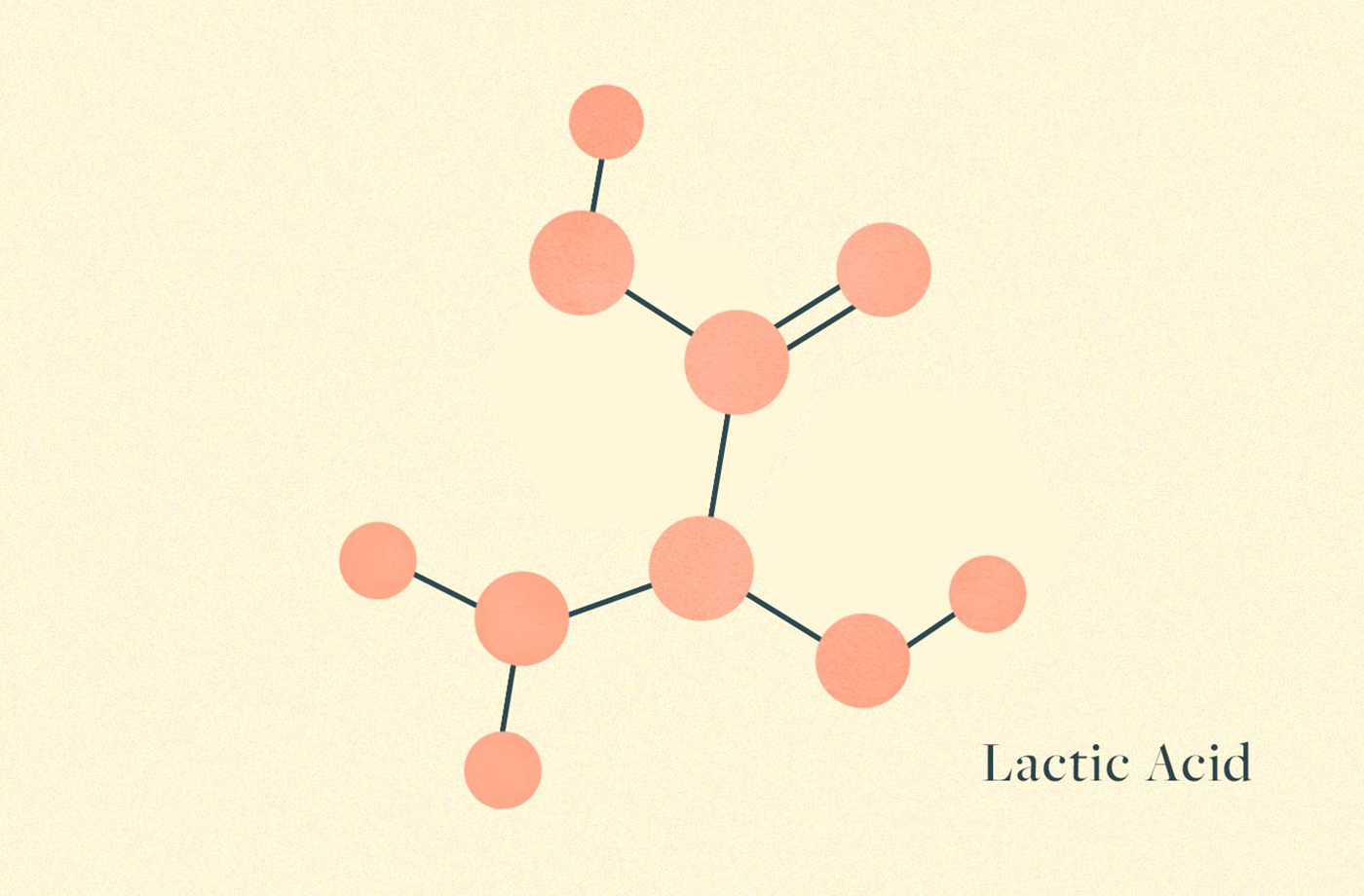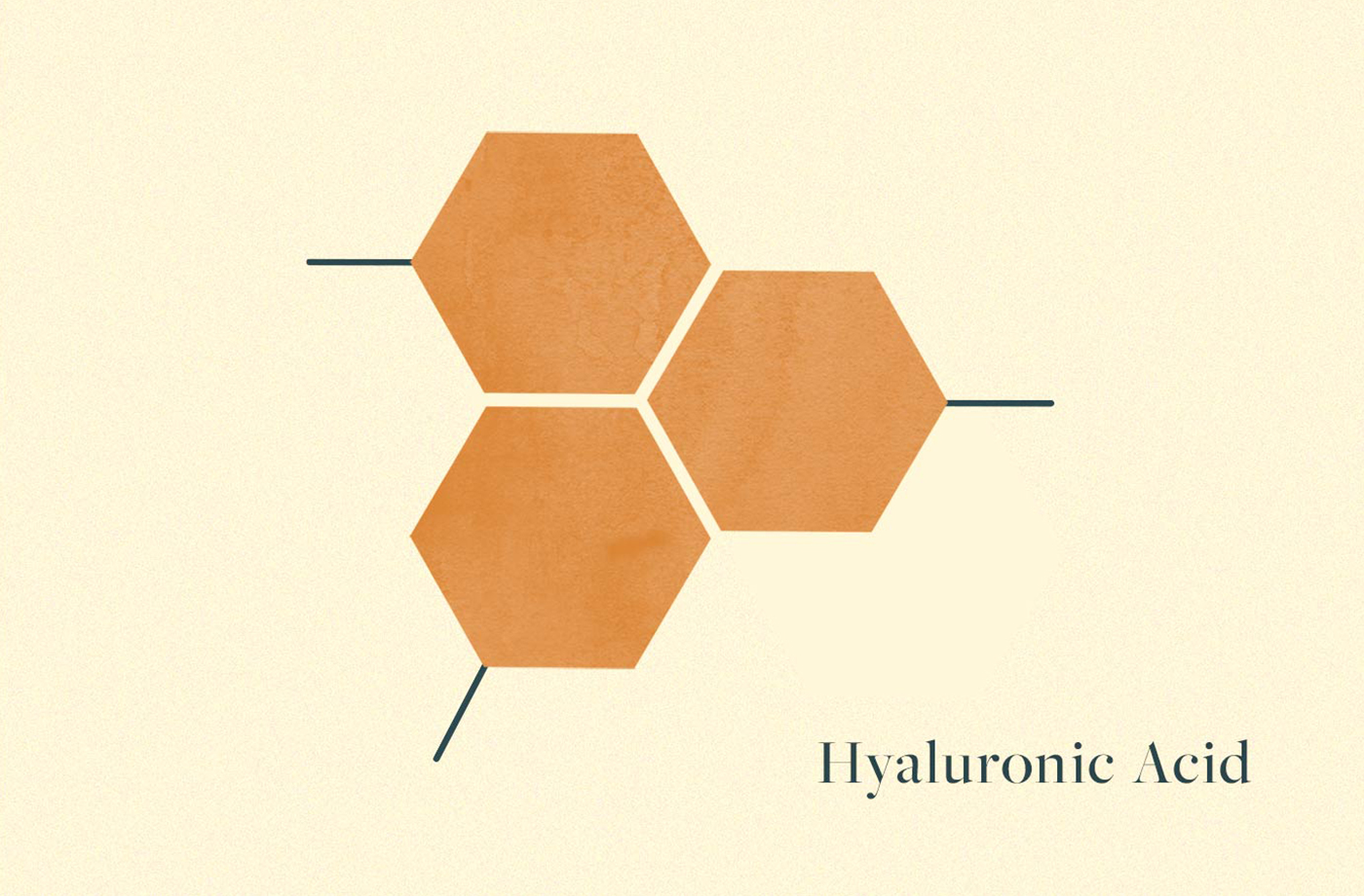
February 04, 2020 at 12:00AM by CWC
There’s a myth in beauty that your routine needs to be miles-long to work effectively. In truth, most dermatologists say that you only really only need four products to have a productive skin-care regimen: a cleanser, a serum, a moisturizer, and an SPF. The same can be said for ingredients, of which you don’t need to pile on 900 to solve a single skin concern. That’s why we’re kicking off a new series called “The Big Four,” where we tell you the four best ingredients for a specific skin type, starting today with a lesson in dry skin treatment.
If you have dry skin, it simply means that there isn’t enough water in your complexion. This makes it feel tight and dehydrated, the same way your body feels when you’re not drinking enough H2O. This can happen either because you’re not using the right hydrating products or you’re not properly sealing in those hydrating ingredients, which allows them to escape from your complexion. In most cases, either ingredients, environmental, or physiological factors—or some combination of the three—are to blame.
While we can’t change how much sebum your skin creates or which climate you live in, we can school you on the best ingredients to hydrate a thirsty complexion. Keep scrolling for the “big four” ingredients to know for dry skin.

1. Lactic acid
ADVERTISEMENT
ADVERTISEMENTKate Spade Autumn/Winter Sale |
While it might seem strange to see an exfoliating acid on this list (since exfoliating is often associated with drying skin out), sloughing away dead skin cells is a really important step in keeping dry skin happy. “Some form of exfoliation is important because if you’re not addressing that, you’re essentially trying to hydrate skin that’s dead,” says Rhea Souhleris Grous, founder of La Suite Skincare. In other words, all of your hydrating products aren’t able to go beneath the surface to do their job.
To remedy this sitch, board-certified dermatologist Caren Campbell, MD suggests reaching for lactic acid as your chemical exfoliant of choice. It’s got a leg up on other alpha- and beta-hydroxy acids (such as glycolic and salicylic acids), because it’s fairly hydrating, in addition to doing away with dead skin. “It’s the most hydrating of the acids, plus is brightening and will give you a glow,” confirms Grous.

2. Hyaluronic acid
It’s impossible to talk about dry skin without mentioning hyaluronic acid, an ingredient celebrated for its ability to retain 1,000 times its weight in water. “It’s one of the most hydrating ingredients to put on your skin,” says Dr. Campbell. Look for products that have “multi-weight” hyaluronic acid, like SkinMedica HA5 Rejuvenating Hydrator ($178) or Osea Hyaluronic Sea Serum ($48), which have different sizes of hyaluronic acid molecules to deliver hydration to the different layers of your skin. A quick science lesson: low and medium weight HAs are able to go deeper into skin to help plump it up, while heavier weights of HA sit closer to the surface to hydrate the outer layers.

3. Ceramides
Ceramides are a building block of your skin barrier, and are critical in keeping the outermost layer—which can be ravaged by things like cold weather and dry air—protected. Ceramides are naturally occurring lipids that act like glue to hold your skin cells together, making your barrier strong. Having a disrupted skin barrier can result in a lack of skin hydration; however, using a ceramide-rich moisturizer can help to prevent this from happening. ‘What you’re doing with ceramides is protecting your water and oil balance in the top layer of skin,” says Grous. As you age, your body produces fewer and fewer ceramides, which means you need to supplement with topicals. Cerave Moisturizing Cream, a ceramide-packed moisturizer that you can pick up for $16 at the drugstore.

4. Natural oils
Wondering if you should be using a moisturizer or an oil to treat dry skin? The answer, according to derms, is “both.” While your hyaluronic-acid-packed creams and lotions help deliver moisture to skin, much like ceramides, oils help to lock it in. “The skin produces its own natural oils that live in between its cells, providing a block to water escaping and unwanted material from entering the skin.” says board-certified dermatologist Nava Greenfield, MD. When you have dry skin, though, those oils tend to be lacking, so you’ll need to apply them yourself. Dr. Greenfield is a fan of avocado and olive oils, which are packed with antioxidants and vitamin E. Some oils can, however, be comedogenic, so if you’re worried about breakouts, jojoba oil is a great skin-similar option that serves up the same benefits.
Curious to learn more about dry skin? Allow board-certified dermatologist Mona Gohara to school you on the subject:
[youtube https://www.youtube.com/watch?v=videoseries?list=PLUa1mxBKMRYlc5fNSpq0h4hZ4WCLdWwsK&w=500&h=281]
Niacinamide also deserves an honorable mention as a dry-skin savior thanks to its soothing properties. And if you’re only feeling dry in certain places? Here’s how to spot treat the issue.
Author Zoe Weiner | Well and Good
Selected by CWC

ADVERTISEMENT
ADVERTISEMENTUp to 30% off Gift Sets |







